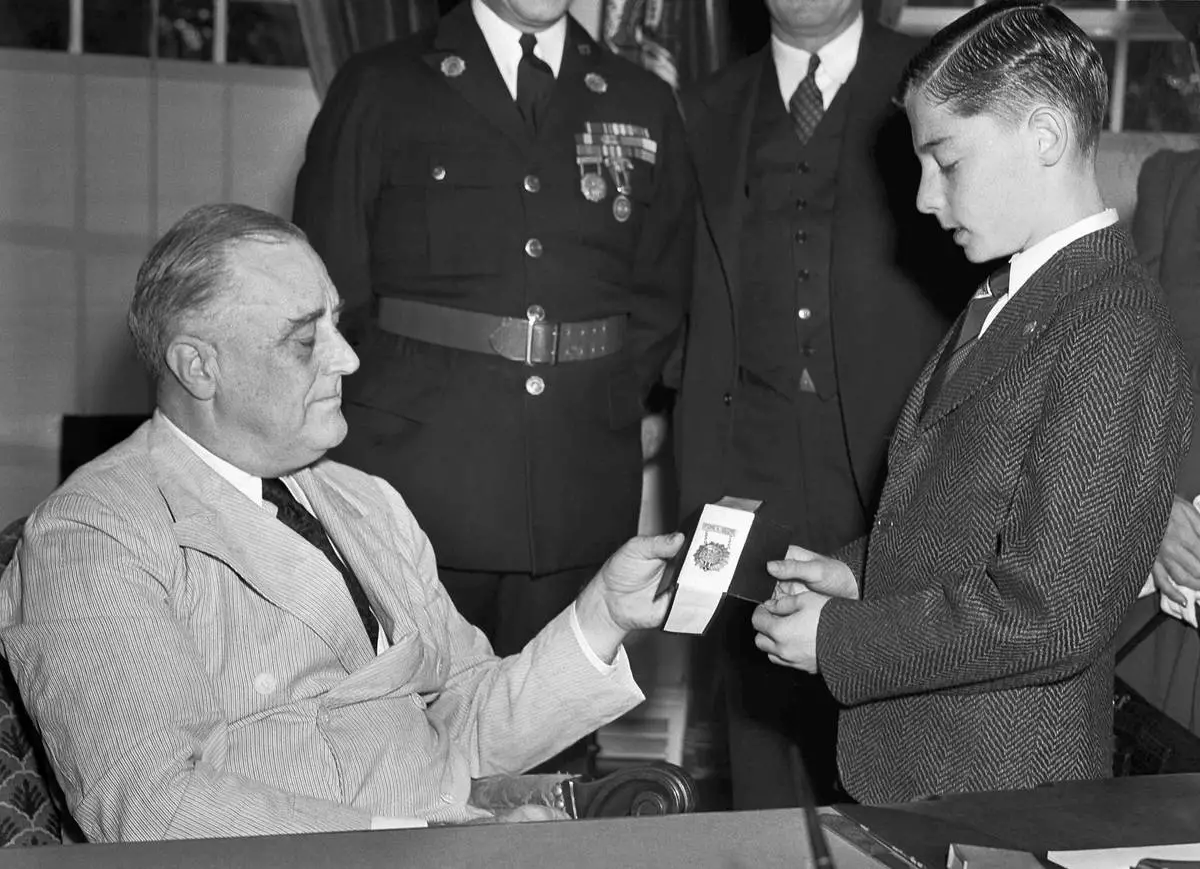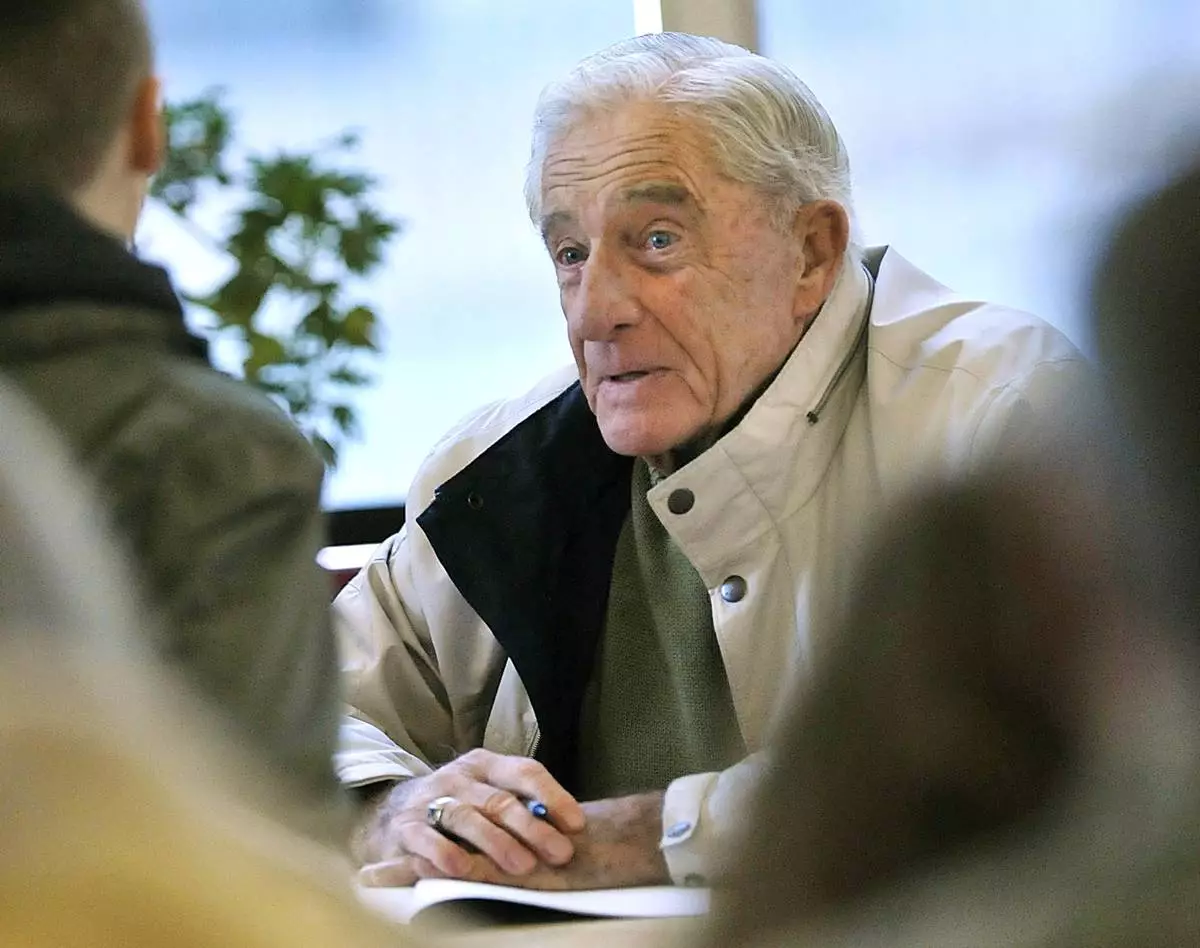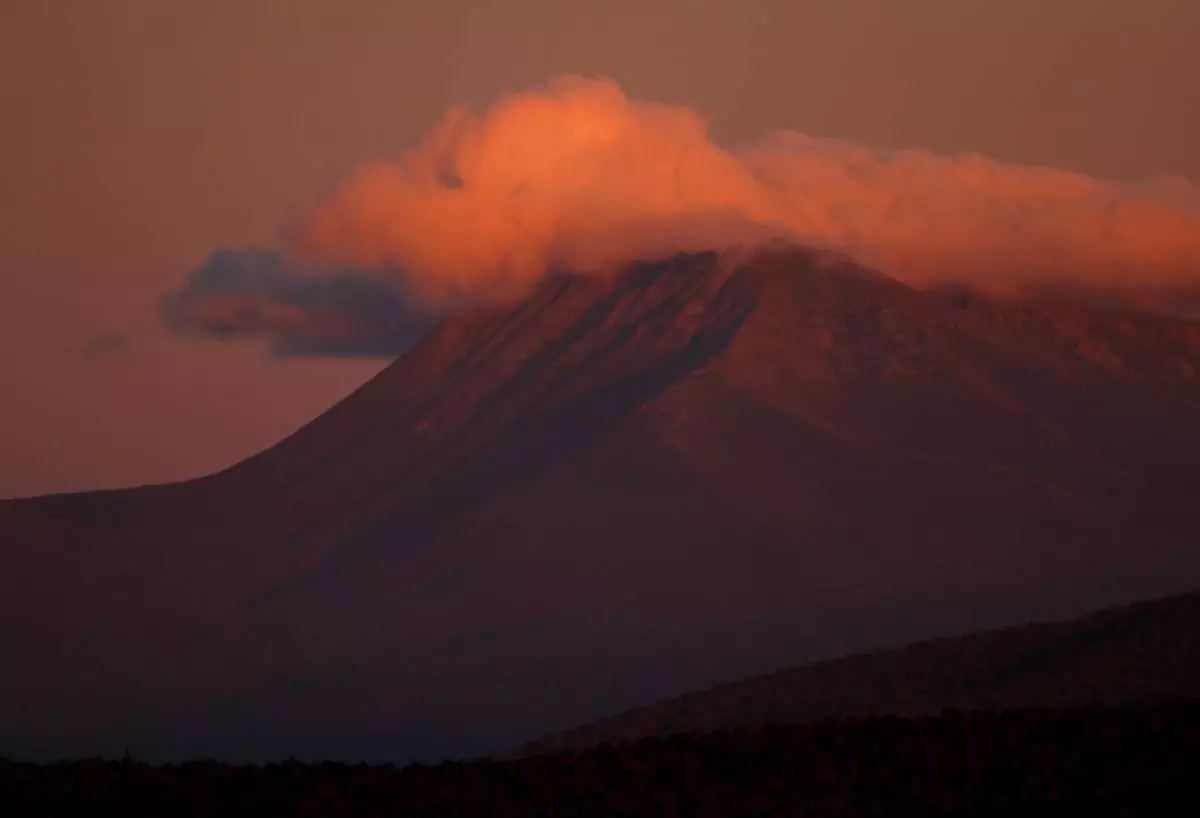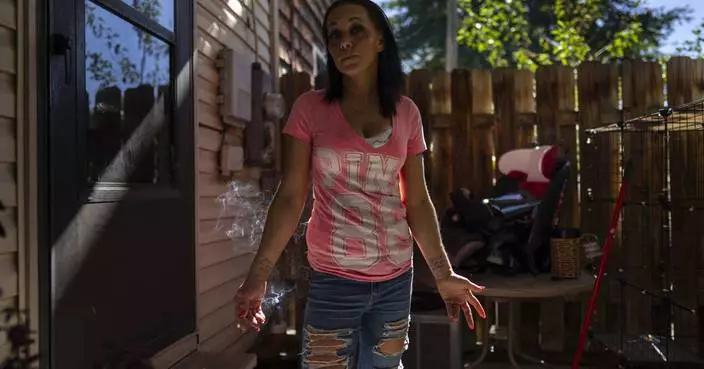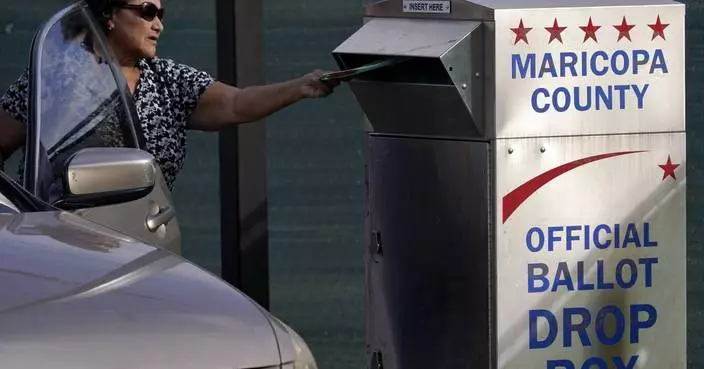NEW YORK (AP) — The Associated Press will have thousands of people on hand next week to count votes and declare winners and losers in the U.S. election, continuing a tradition that began in 1848.
There’s an even greater priority this year on explaining that process to outsiders.
The AP has already run a series of stories outlining how everything works, and has a team of reporters who will be assigned on election night to write in plain language why it is “calling” key individual states for presidential candidates Kamala Harris or Donald Trump.
Similar plans are afoot at other news organizations. At the AP, editors are mindful of political misinformation and opinion polls that reveal a growing distrust of the media, said Julie Pace, senior vice president and executive editor.
“I can't make people trust us,” Pace said. “But we have devoted an incredible amount of time and effort and resources in getting after exactly that. We take it very seriously.”
NBC News has published explanatory stories on its website — one, for example, tells readers how exit polls work and how the network will use them. The New York Times has promised more information will accompany one of its most popular online features election night, the Needle, which fluctuates as it measures the probability of which presidential candidate will win.
On the air, ABC News has run a “Protecting Your Vote” series, which has profiled election workers, explained why there will be fewer polling places and introduced people who have been caught up in elections lawsuits.
CNN is also posting a series of articles that explain the projection process and exit polls, and gives advice on how people should follow election night coverage. It is also making a version of its “Magic Wall” available online, so viewers can have the same access to statistics and historical comparisons that correspondent John King has on the air.
The AP's election night role in counting the vote is unique, built upon the premise that while individual jurisdictions report tallies, there is no federal authority to pull it all together.
The process involves nearly 5,000 people and the data is widely used across the news industry. Stringers collect results directly from local authorities nationwide and transmit them to a vote entry center, where the numbers are compiled and checked against online sources. Separately, the news organization — like the largest television networks — calls individual races making use of actual results, exit polls and historical trends.
The rule for declaring a winner is simple: “We call the race when there is no way that the trailing candidate can catch up,” Pace said. In 2020, news outlets declared Joe Biden the winner over Trump on Saturday after election day.
The AP expects to make calls this year in 6,832 individual races, from the president down to local elections and ballot measures.
A dozen journalists have been assigned to write stories and live blog entries that explain the specific factors that go into making calls in the key presidential swing states and other closely-watched races. It’s a test for writers: It requires both technical knowledge and an ability to convey that information clearly and quickly.
It's also important to keep people updated when a race is too close or there are other factors holding back a call.
“It's absolutely important for an organization to be as transparent as they can be, especially because there's been an effort to challenge the credibility of calls,” said Mark Lukasiewicz, dean of Hofstra University's communications school and a longtime NBC News producer. At the same time, it's hard to do in a way that makes sense to people who are not statisticians or systems operation experts, he said.
The AP was correct in every one of its calls for president, Congress and governors in the 2020 race, a 99.9% accuracy rate overall.
Yet then-President Trump and his supporters were furious when Fox News Channel and the AP reported Joe Biden as the winner in the key state of Arizona well before other news organizations. The call proved correct but it fueled suspicions about the voting process. Fox, in particular, faced an enormous blowback from its viewers.
There's a direct line from that episode to AP's effort to be more systematic and thorough in its explanatory efforts this year, Pace said.
"We need to be better and faster in explaining what is happening in those moments as opposed to saying, effectively, ‘We’re the AP, we have a 99% accuracy rate, of course we're right,'” she said.
Journalists also need to be aware that even small things that happen routinely during elections — numbers mistakenly transposed on a vote tally, or broken voting machines that result in extended hours at some polling places — are stories that need to be reported upon so they don't blow up into conspiracy theories.
Ultimately, elections in the United States have been incredibly well run, Pace said.
“My hope is that if people are confused about what's going to happen here, what's happening behind the scenes, we've been very transparent,” she said. “It's all there. It's all available for people.
"I'm not naive enough to think that putting it out there quells all of the skepticism around elections or tamps down all of the misinformation, but it's an incredibly robust effort to make sure that fact-based explanatory information about elections is out there.”
The AP experimented with more of this material early in the election season and it proved popular with readers. “It reinforced for us that this is something that we should be doing,” she said.
David Bauder writes about media for the AP. Follow him at http://x.com/dbauder.

Stickers for voters sit in a roll on a ballot box at a voting drop-off location Friday, Oct. 25, 2024, in Washington Park in Denver. (AP Photo/David Zalubowski)

FILE - Associated Press Washington Bureau Chief Julie Pace, right, looks over a headline with deputy managing editor for operations David Scott in the newsroom at the Associated Press in Washington, Feb. 5, 2020. (AP Photo/Jenny Kane, File)



